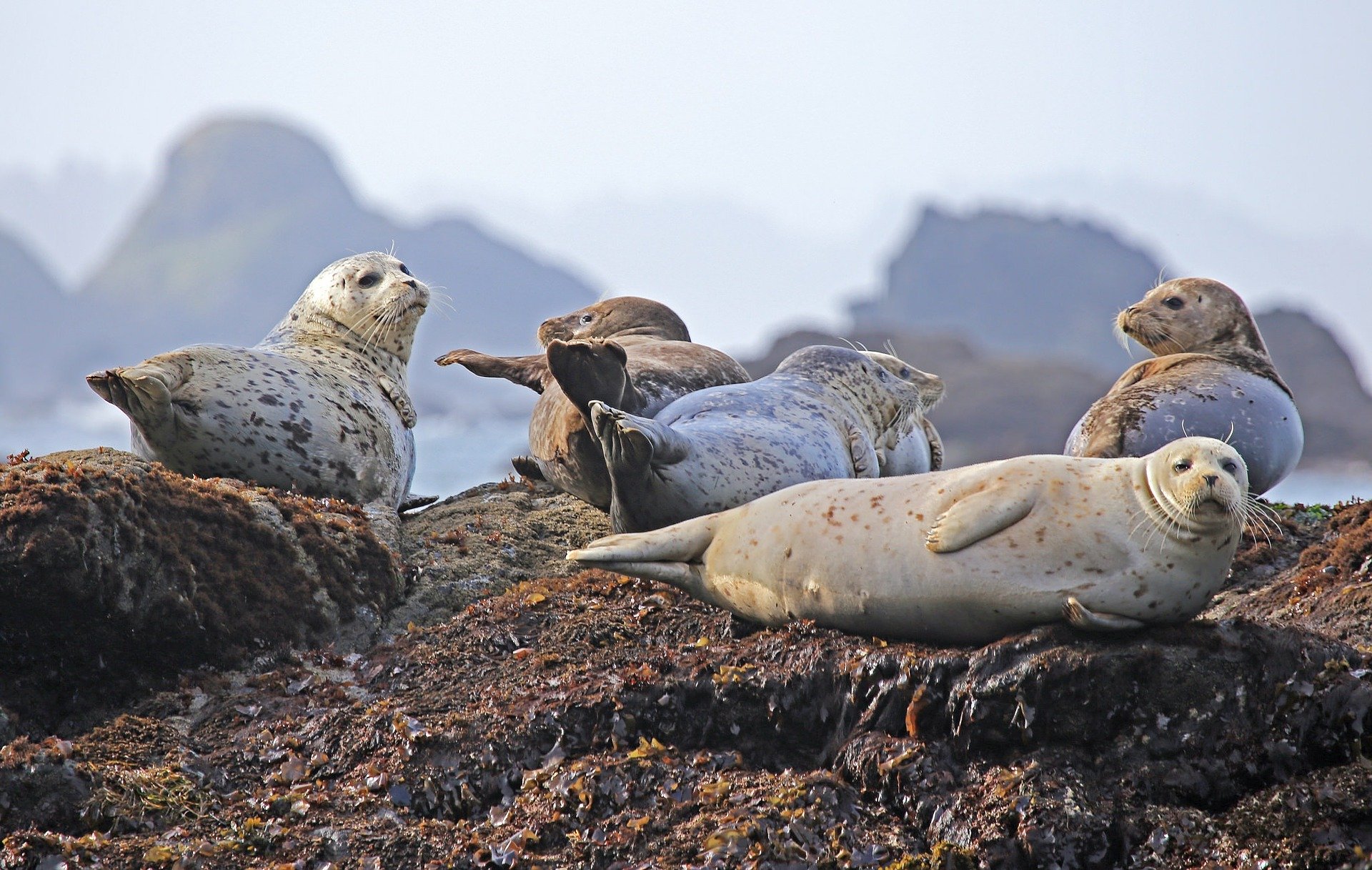Saving the world is a responsibility not uniquely tasked to humans alone. Because virtually everything in existence on the surface as well as inside of our planet critically needs it to function with every component of the eco-system doing its part optimally, it’s no surprise that animals are diligently obliging and doing their part in making sure earth is habitable. These are some of the animals that have and still are helping in the efforts to save our world:
1. African Rats

A lot of people would not readily accept that rats could do much to save the world. However, as the Anti-landmine organization called the APOPO would attest to, rats, specifically the African giant pouched rat, can save lives from imminent danger by sniffing out land-mines. Their diminutive nature allows them to walk right over the land-mines without triggering its potentially devastating effect. Huh? Dogs aren’t the only ones capable of sniffing out danger.
2. Narwhals

You would be forgiven if you mistook this under-water dwelling creature for some superstitious creature. These tusked whales measuring the varying temperature in Greenland’s Arctic waters could very well boast of doing a job most people couldn’t possibly do. Scientists found that by attaching thermometers on the tusks of the whales, they could get a much more accurate reading of the water temperatures and therefore make appropriate estimations on the status of global warming.
3. Dogs

They have been known for the longest time possible to be man’s best friend. Saving the human race a lot of trouble by being able to sniff out distinct smells profoundly, dogs have been utilized for their noses for a host of critical activities including; containment of drug trafficking, fight against terrorism and even in the health industry where some species of dogs are capable of sniffing out certain types of cancers. They can be both our best friends and our guardian angels as well.
4. Bees

Bees are adored and known for their delicious and healthy honey. They, however, do a little bit more than manufacture honey for us to enjoy. Bees are as well capable of saving the world by acting as our toxic gas alarm. Just as they are capable of communicating by reading chemicals released by themselves in the air, they can as well comprehend any dangerous chemicals released into the air. This ability to distinguish between chemicals in the air could be beneficial in a battle-ground.
5. Mules

Even though mules have been known for their superior labor expertise and their ability to withstand colossal amounts of weight on their backs, we recognize mules for their tolerance for hazardous material. There may be a moral factor with this one, but it’s one of those scenarios where the end does well to justify the means. In Santa Susana field laboratory outside Los Angeles, a dangerous leak of highly radiated material warranted inhabitable conditions around the area since 1959. Only two mules, named Sarah and Little Kate, have been able to navigate this dangerous area to bring back valuable information that can be used to determine whether the place can be habitable again.
6. Birds

Birds have been lending us a helping hand for a long while. Their involvement in protecting the environment we live in has been invaluable. By recycling non-biodegradable material, including plastics, they reduce these potentially environmentally hazardous pollutants. Male bowerbirds in Australia and New-Guinea take it to another level by picking out plastic strands for their nests. The plastic strands add color and style to the birds’ nests while at the same time removing the potentially harmful pollutants from the environment.
7. Sea Lions and Seals

It is quite amazing how aquatic animals can be used for some of the world’s most prestigious research. Seals and sea lions, just like the narwhals, are used for research purposes by the University of Santa Cruz to determine salinity, temperature, and other relevant conditions. Elephant seals have been measuring water temperatures and have even been used to monitor U.S salmon populations.


































